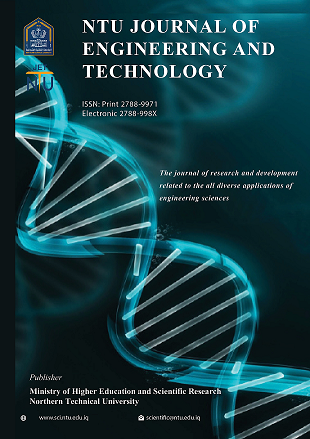Communication and Network Technologies of IoT in Smart Building: A Survey
DOI:
https://doi.org/10.56286/ntujet.v1i1.50Keywords:
IoT, Smart Building, Communication Technologies, ApplicationsAbstract
Many industries are incorporating the Internet of Things (IoT) into their daily operations. Examples include smart homes, smart grids, smart cities, logistics, e-health, and physical security. An IoT-enabled smart building provides support for IoT applications that offer both quality and cost-effectiveness. Smart buildings are important places to deal with and manage all kinds of operating conditions, such as lighting, ventilation, humidity, temperature, safety, and others. Furthermore, it's critical to establish living spaces with better well-being standards and an enhanced quality of life. Additional problems that smart buildings create include the diversity of communication technologies and the inflexible architecture of the building. These issues include complications related to application and IoT device heterogeneity, efficient energy, security, and appropriate automation systems. This paper presents a survey of many researches on IoT in smart buildings, which we categorize into five important smart building applications: energy, localization, comfort, automation, and security. The survey is based on the most used communication technologies in smart buildings; the connectivity standards (PLC, PoE, RFID, Bluetooth, BLE, WIFI, UWB), transmission protocols (IPv6, 6LoWPAN, ZigBee, Z-wave, CoAP and MQTT), network topologies (Bus, Star, Mesh, Tree) and network area (PAN, LAN, WAN).
Additional Files
Published
Issue
Section
License
Copyright (c) 2021 NTU Journal of Engineering and Technology

This work is licensed under a Creative Commons Attribution 4.0 International License.











